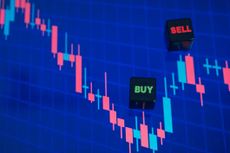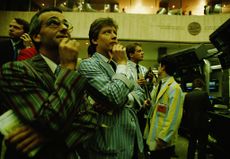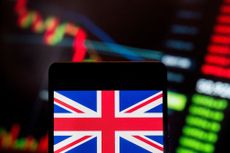Stock Markets
The latest news, updates and opinions on Stock Markets from the expert team here at MoneyWeek
Explore Stock Markets
-

Leading European companies offer long-term growth
Opinion Alexander Darwall, lead portfolio manager, European Opportunities Trust, picks three European companies where he'd put his money
By Alexander Darwall Published
Opinion -

Tetragon Financial: An investment trust with stellar returns
Tetragon Financial has performed very well, but it won't appeal to most investors – there are clear reasons for the huge discount, says Rupert Hargreaves
By Rupert Hargreaves Published
-

How to profit from the markets’ pessimism about Britain
Opinion There was little in the Budget to prop up Britain's stock market, but opportunities are hiding in plain sight. Investors should take advantage while they can
By Cris Sholto Heaton Published
Opinion -

London claims victory in the Brexit wars
Opinion JPMorgan Chase's decision to build a new headquarters in London is a huge vote of confidence and a sign that the City will remain Europe's key financial hub
By Matthew Lynn Published
Opinion -

Share tips 2025: this week’s top stock picks
Share tips Share tips 2025: MoneyWeek’s roundup of the top stock picks this week – here’s what the experts think you should buy
By MoneyWeek Last updated
Share tips -

Big Short investor Michael Burry warns of an AI bubble
Profile Michael Burry rightly bet against the US mortgage market before the 2008 crisis. Now he is worried about the AI boom
By Jane Lewis Published
Profile -

Investment trust troubles: back to the 1970s for investors?
Opinion Those fearing for the future of investment trusts should remember what happened 50 years ago, says Max King
By Max King Published
Opinion -

Why UK stocks are set to boom
Opinion Despite Labour, there is scope for UK stocks to make more gains in the years ahead, says Max King
By Max King Published
Opinion -

Should ISA investors be forced to hold UK shares?
The UK government would like ISA investors to hold more UK stocks – but many of us are already overexposed
By Cris Sholto Heaton Published
